Deck & Commander Strategies
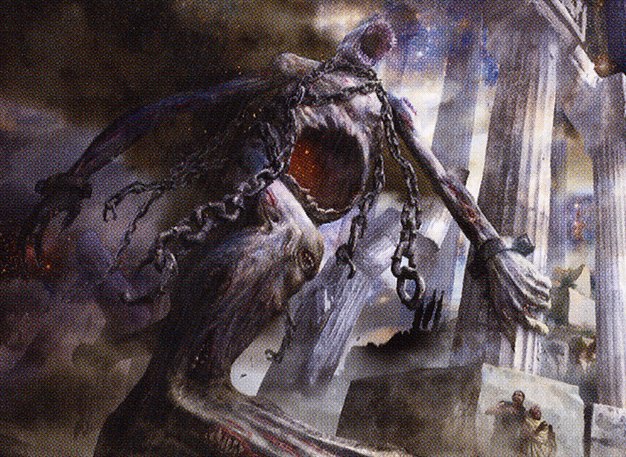
Kroxa, Titan of Death's Hunger
Utilizes life payment and graveyard recursion to apply pressure and continually reanimate threats, aiming to win through incremental damage and board dominance.
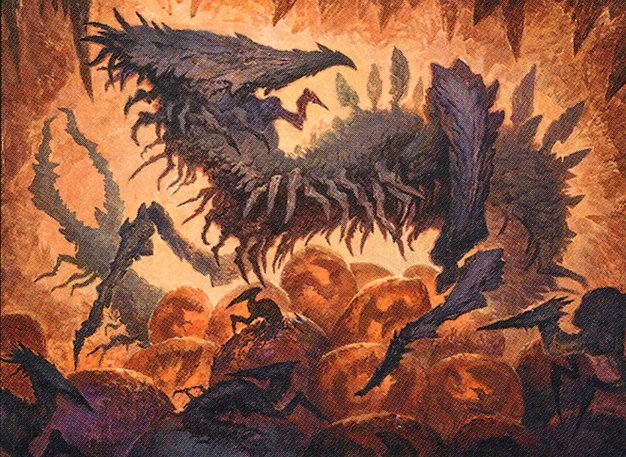
The First Sliver
Builds a synergistic sliver board to overwhelm opponents with tribal synergy and efficient creatures, focusing on resilience and incremental advantage.
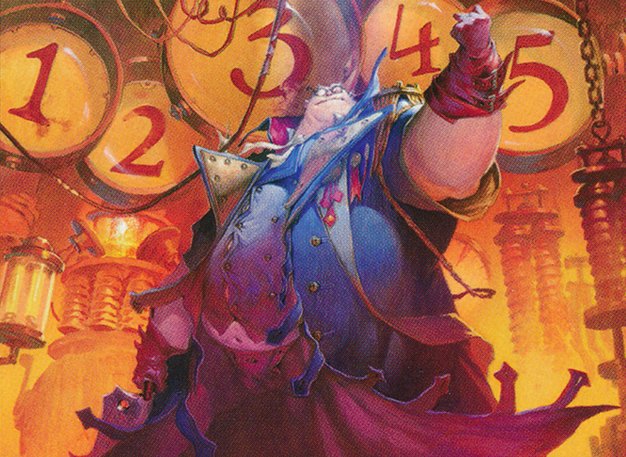
Baron Von Count
Leverages vampire tribal synergies and disruptive spells to control the board and chip away at opponents' life, aiming for a midrange value strategy.

Urza, Lord High Artificer
Generates large amounts of artifact mana to tutor and assemble powerful combos, particularly those involving Food Chain and Polymorph, to win the game quickly.
Gameplay Insights
- 1
The early use of fast mana artifacts like Jeweled Lotus and Black Lotus was critical for accelerating game plans and enabling early tutor plays.
- 2
Casting a mass board wipe mid-game shifted momentum but allowed combo players to pivot towards assembling their win conditions.
- 3
Players carefully managed life loss and damage from commanders and artifacts to stay within safe thresholds while progressing their strategies.
- 4
Tutors were used efficiently to search key combo pieces, enabling quick assembly of powerful interactions such as Food Chain with Polymorph.
- 5
Resource management, especially around artifact mana and counters on lands and artifacts, was pivotal in maintaining tempo and flexibility.
Notable Cards
-

Jeweled Lotus
-
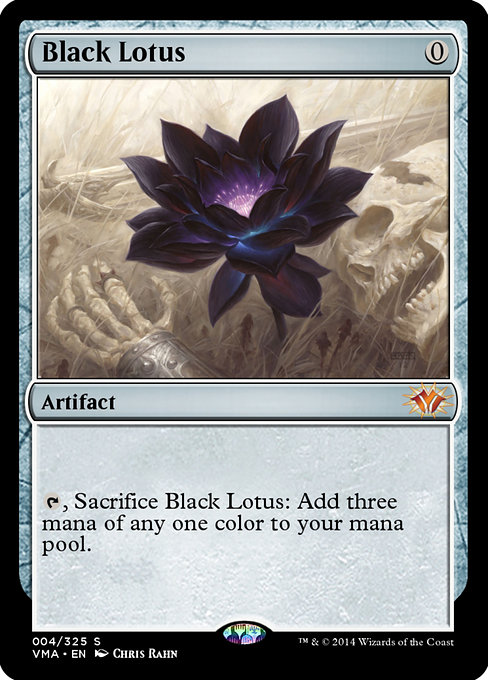
Black Lotus
-

Food Chain
-
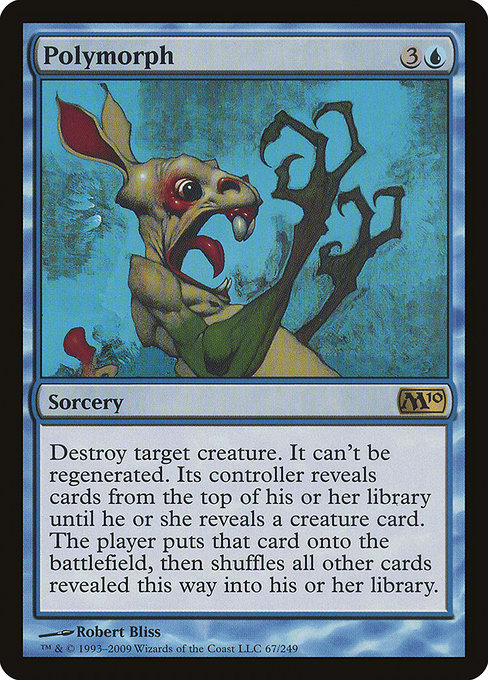
Polymorph
-

Mystical Tutor
-
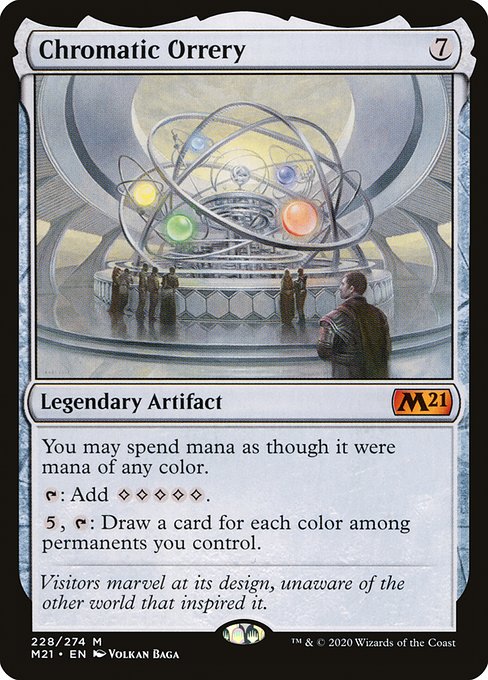
Chromatic Orrery
-
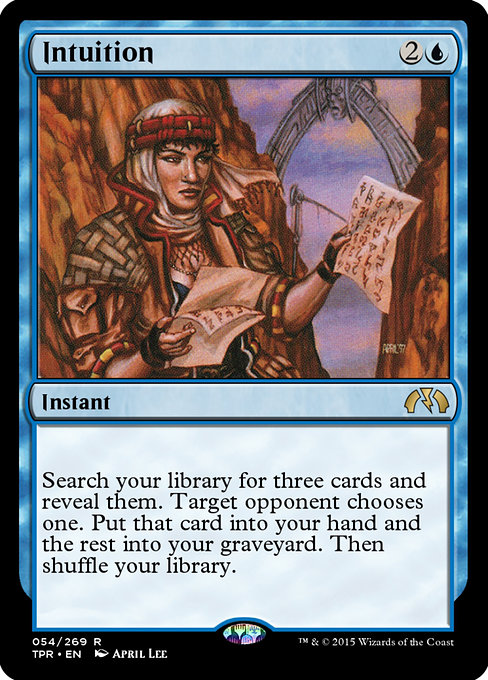
Intuition
Gameplay Summary
The game featured four competitive decks led by commanders Kroxa, Titan of Death's Hunger; The First Sliver; Baron Von Count; and Urza, Lord High Artificer.
Early turns saw players developing their mana bases with key artifacts such as Jeweled Lotus and Black Lotus to accelerate their strategies.
Kroxa's deck focused on reanimation and aggressive pressure, using life loss and card advantage to keep opponents on edge.
Baron Von Count applied incremental value and disruption with cards like Crater's Clasp and Chromatic Orrery, while The First Sliver sought to build board presence with efficient creatures and synergy among slivers.
Urza aimed to generate massive artifact mana and find combo pieces quickly, demonstrated by casting multiple tutors and assembling win conditions like Food Chain. A pivotal moment occurred when a player cast a mass board wipe, disrupting some tempo but not halting the ongoing combos.
The game intensified as Food Chain was cast, signaling a shift towards combo finish attempts.
Players carefully managed their resources, balancing life totals and artifact usage, while tutors were employed to find critical cards such as Polymorph and Intuition.
Ultimately, the game was a dynamic interplay of disruption, resource management, and combo assembly, with each commander leveraging their unique strengths to gain advantage.
























![Commander VS S16E1: Ayula VS Urza VS The First Sliver VS Yawgmoth [EDH] thumbnail](https://i.ytimg.com/vi/tkuMVsCr0s4/sddefault.jpg)










